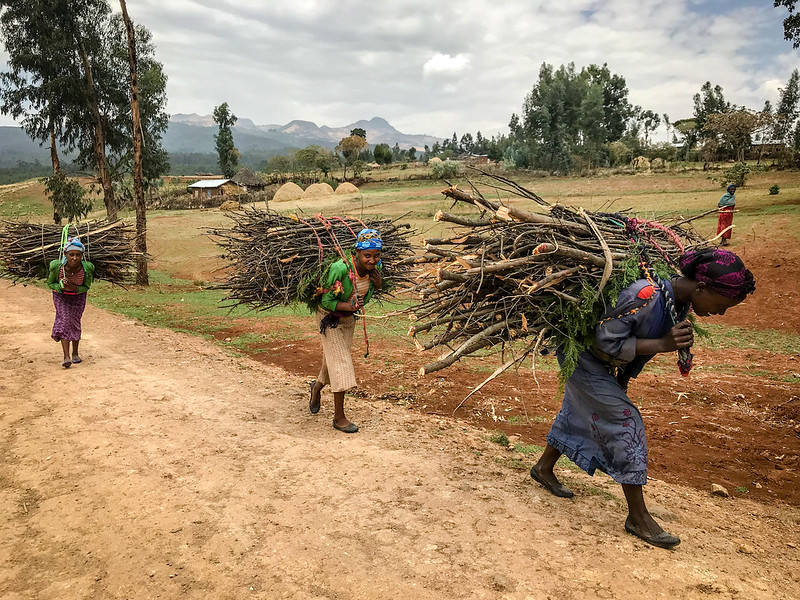Bomuhangi et al. have accomplished something many ACM practitioners and researchers have wanted, but been unable, to do: They have compared forest use and management in eight purposively sampled places around Uganda, looking at three important issues. The first is clarity about the various uses to which these communities put forests. The second is the differentiation by gender in terms of use, management, and benefits. In this regard, the authors show the greater involvement of women in ACM sites, vis a vis where ACM was not conducted. The third is a systematic comparison of a variety of results in ACM vs. non-ACM sites. These include issues like level and quality of participation, perceived abundance of forest resources, harvest of forest products, and use thereof. The authors conclude by recommending the broader use of ACM-like approaches throughout Uganda's forested areas, in collaboration with government, NGOs, and private landowners.
Download:
DOI:
https://doi.org/10.4324/9781003197256-6
Altmetric score:
Dimensions Citation Count:

























